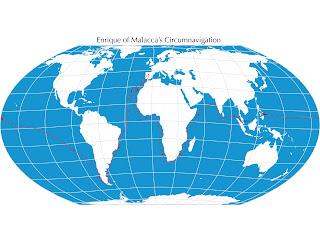This video exploring Portuguese caravels offers some useful explanation.
The caravel was large enough for a sea voyage but small enough to maneuver close to shore. Its shallow draft made it safe to enter uncharted rivers and bays. And while the caravel lacked cargo space, it was light enough to be rowed when there were no winds.
The word nao in Spanish has two meanings. One is just "ship." The other is a specific type of freighter such as Christopher Columbus's Santa Maria. The Santa Maria was a nao, or carrack, and was slightly larger than the Pinta and the Niña, which were caravels.
See Also:

